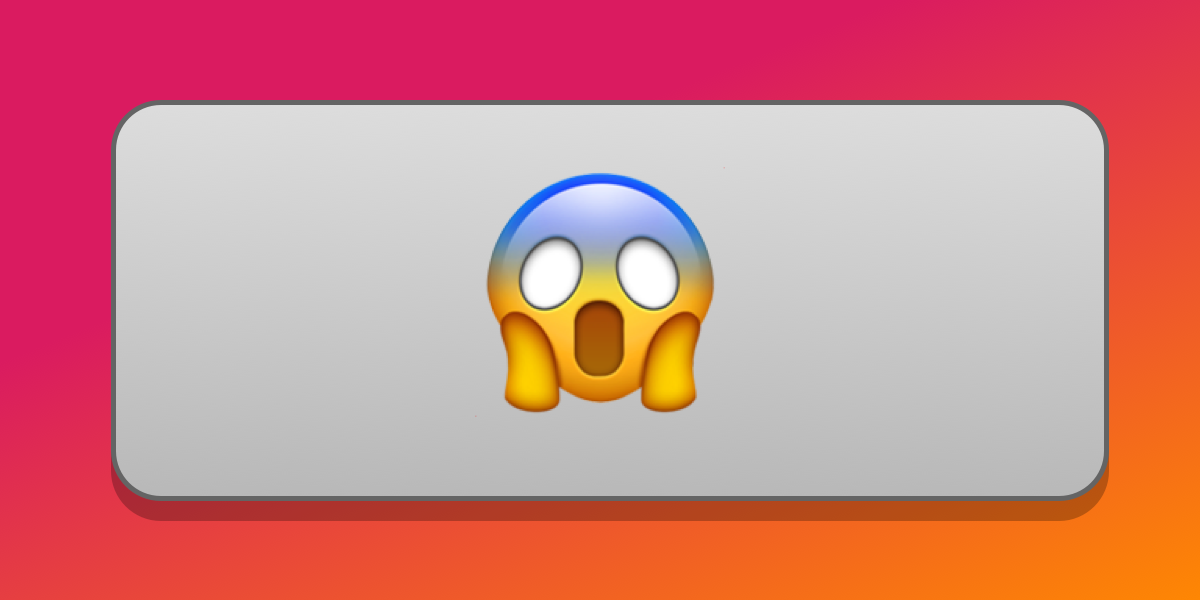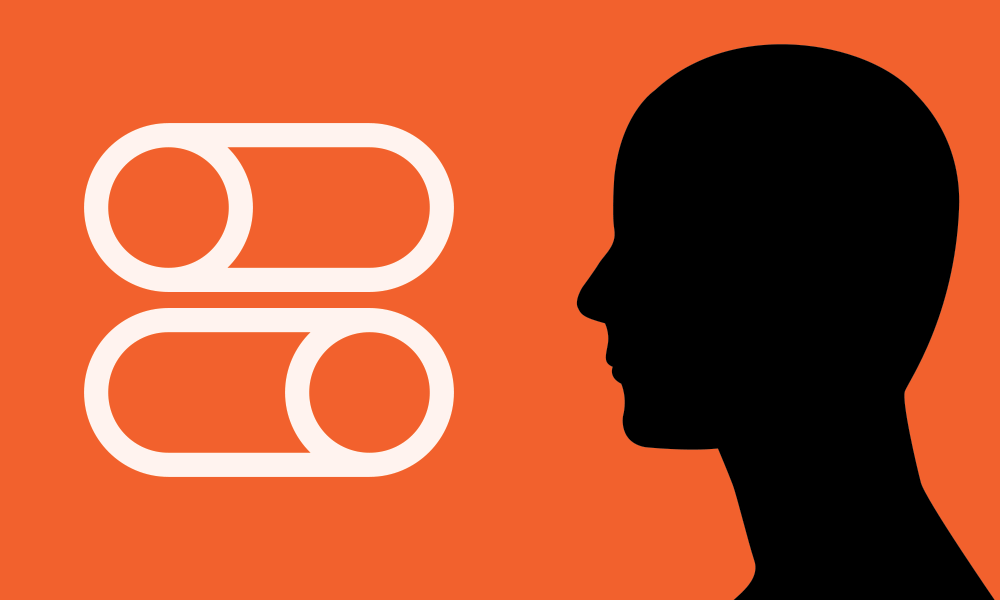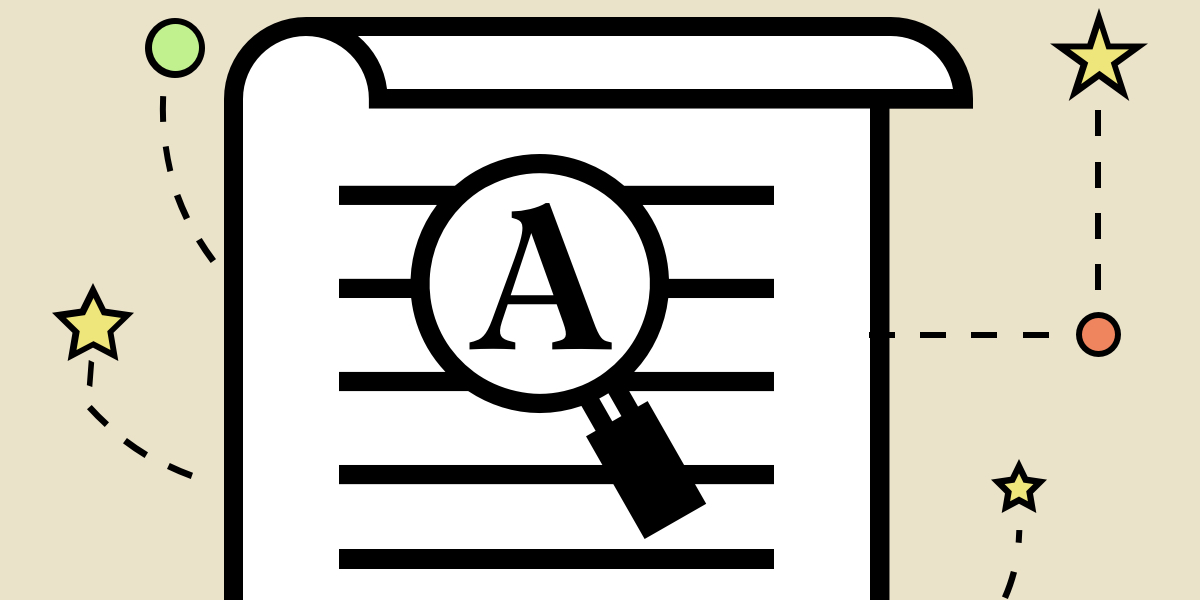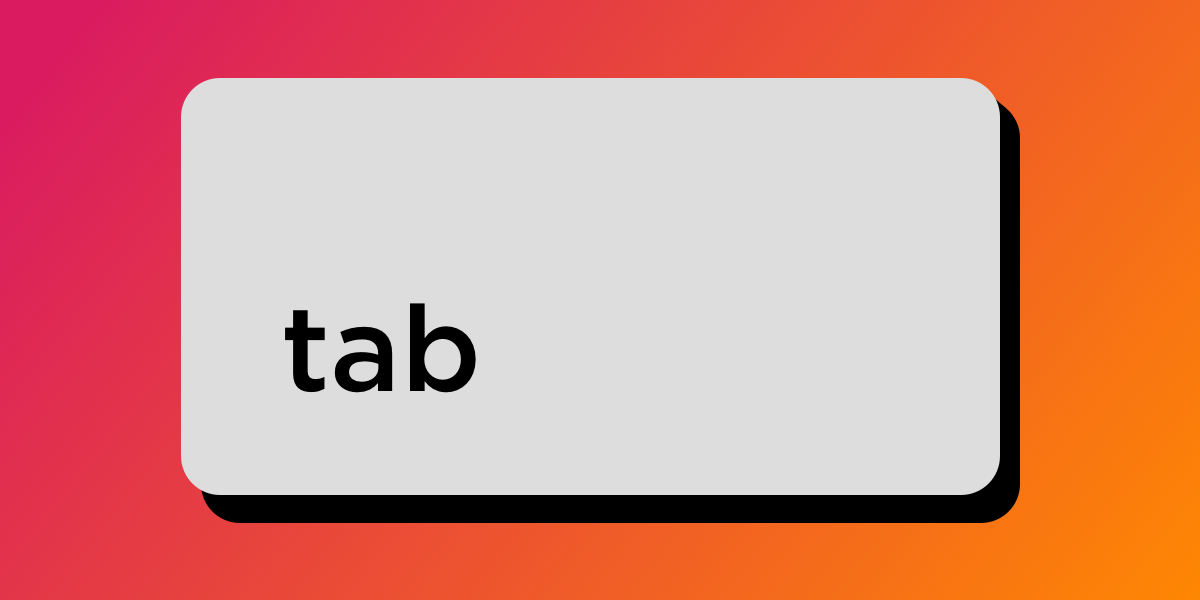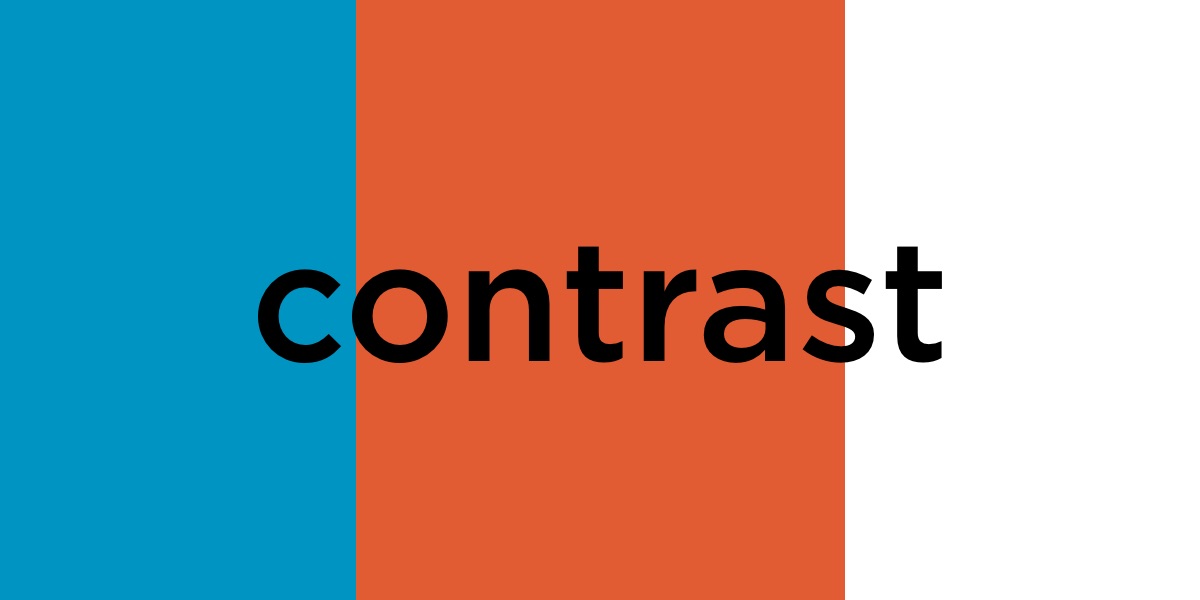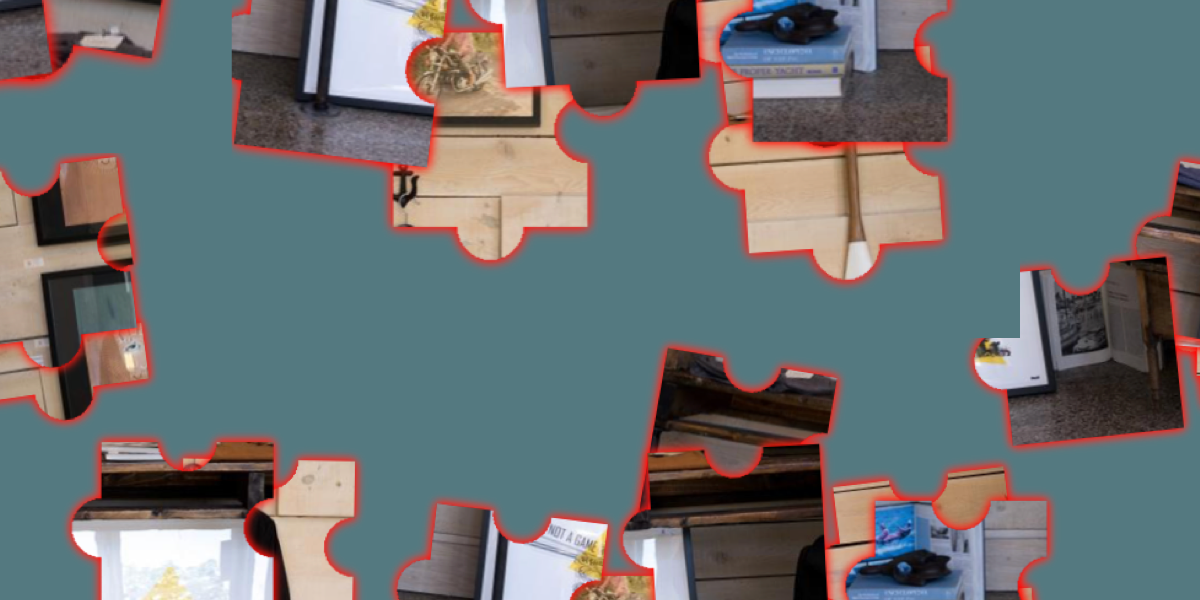Why should you use a semantic <button> instead of a generic <div>? Accessibility, right? By how exactly does it help accessibility?
A set of notes taken from Eric Bailey's article about the use of inclusive personas and user research.
Short story: Slapping hidden=until-found on an element in HTML enables any hidden content within the element to be findable in the browser with in-page search.
Focus trapping is about managing focus within an element, such that focus always stays within it. The whole process sounds simple in theory, but it can quite difficult to build in practice, mostly because of the numerous parts to you got to manage.
The contrast-color() function doesn’t check color contrast, but rather it outright resolves to either black or white (whichever one contrasts the most with your chosen color). Safari Technology Preview recently implemented it and we explore its possible uses in this article.
The reading-flow and reading-order proposed CSS properties are designed to specify the source order of HTML elements in the DOM tree, or in simpler terms, how accessibility tools deduce the order of elements. You’d use them to make the focus order of focusable elements match the visual order, as outlined in the Web Content Accessibility Guidelines (WCAG 2.2).
Clever, clever that Andy Bell. He shares a technique for displaying image alt text when the image fails to load. Well, more precisely, it's a technique to apply styles to the alt when the image doesn't load, offering a nice UI fallback for what would otherwise be a busted-looking error.
